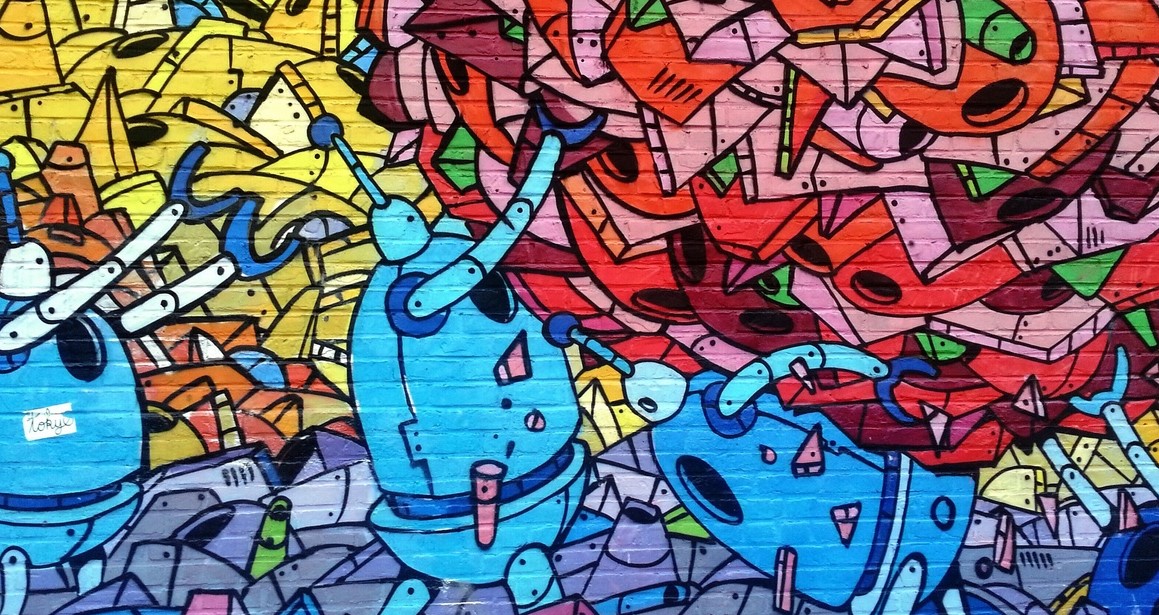Introduction

The Threat
We live in an age of a technological paradox. The computing power that used to fill a floor now fits inside your pocket, and the Internet and other new technology have produced staggering amounts of wealth. But despite claims that this technological revolution would empower everyone, wages for most workers have stagnated for decades, and communities from Harlem to Harlan County have essentially been written off.
The future could be even more grim. Many experts believe that in the next 10-20 years, 25-75% of all jobs will be eliminated by robots/AI. If they’re right, this crisis could end up devastating the middle class and the poor and destroying our democracy.
And if they’re wrong? We still aren’t off the hook. A recent McKinsey report argues that by 2030 every advanced economy will need to “retrain and redeploy tens of millions of midcareer, middle-age workers.
How big is that challenge? In terms of magnitude, it’s akin to coping with the large-scale shift from agricultural work to manufacturing that occurred in the early 20th century in North America and Europe, and more recently in China.
But in terms of who must find new jobs, we are moving into uncharted territory. Those earlier workforce transformations took place over many decades, allowing older workers to retire and new entrants to the workforce to transition to the growing industries. But the speed of change today is potentially faster. The task confronting every economy, particularly advanced economies, will likely be to retrain and redeploy tens of millions of midcareer, middle-age workers. As the [McKinsey Global Institute] report notes, “there are few precedents in which societies have successfully retrained such large numbers of people” (emphasis added).
A challenge of this magnitude would be scary and exhausting if our society only had to tackle it once. But McKinsey’s prediction just takes us to 2030. As robots and AI continue to improve, we can expect wave after wave of mass dislocation as both old and new jobs are eliminated by new rounds of automation.
Policies that support “lifelong learning,” active labor market policies, and programs such as Universal Basic Income could soften this series of blows. But ultimately they’re like buying better lifeboats for the Titanic.
Regardless of whether robots and AI lead to mass unemployment or mass displacement and increasing inequality, we are facing a daunting future.
The Opportunity: The Explosion of Emerging Tech
Our future doesn’t have to be grim. Even as robots and AI’s impact on work may pose a serious threat to our future, there is another technological trend that will give us a once-in-a-century opportunity to make our communities whole.
Over the next 20 years, not only robots and AI but also augmented and virtual reality, digital fabrication, and other emerging technologies will become ubiquitous, becoming one of the core driving forces in our economy. As they do so, they will create an abundance of wealth.
Robots and AI threaten to shatter the link between that wealth and broad prosperity: new industries may not create lots of good jobs. But if we can ensure everyday people get a seat at the table, if we can figure out how to train millions of people from Compton to Appalachia to become developers and designers, they should be able to capture a big enough slice of emerging tech’s wealth to help revitalize our communities.
As we’ll see in our discussion of the impact of emerging tech will have on the economy and in the Conclusion, this opportunity won’t solve all of the economic problems created by robots and AI – e.g., not everyone is going to become a programmer or designer. But if we take advantage of this opportunity, it could serve as one of the central foundations for rebuilding our communities.
Next: Is Truly Democratizing Emerging Tech a Pipedream
Up: Introduction
